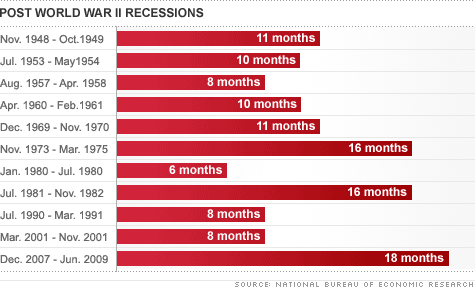2011 Tax Changes At-a-Glance is a sample consumer alert from Forefield Advisor.
AICPA PFP Section members, inclusive of PFS Credential holders, have full & free access to Forefield Advisor, a premier web-based education and client communication tool. Create personalized client presentations with articles, concept pieces and case studies, and have relevant knowledge at your fingertips. 3,500 pages of web content enable CPA financial planners to deliver current and concise advice to clients. Experience the value of Forefield Advisor: visit aicpa.org/PFP/Forefield to view sample presentations, concept pieces, case studies, calculators and a demo.
Join the PFP Section today for full access to Forefield ($399 annual value, free with membership) and save $50 off your first year of membership when you enter promocode CPALDPFP at checkout.
2011 Tax Changes At-a-Glance
A host of tax provisions enacted in 2001 and 2003--commonly referred to collectively as the "Bush tax cuts"--expire at the end of the year. While it's possible that new legislation could extend some or all of these expiring tax provisions, election-year politics make it difficult to predict what action, if any, Congress will take. With that in mind, here's what you need to know about the major changes that are scheduled for 2011.
Federal income tax brackets
Right now, there are six income tax brackets: 10%, 15%, 25%, 28%, 33%, and 35%. For 2010, these brackets apply to married couples filing joint federal income tax returns in the following manner.
2010 Income Tax Brackets--Married Filing Jointly
Taxable Income | Marginal Tax Rate |
Not over $16,750 | 10% |
Over $16,750 to $68,000 | 15% |
Over $68,000 to $137,300 | 25% |
Over $137,300 to $209,250 | 28% |
Over $209,250 to $373,650 | 33% |
Over $373,650 | 35% |
As it stands now, there will be no 10% bracket for 2011, and the remaining bracket rates will return to their original 2001 levels: 15%, 28%, 31%, 36%, and 39.6%.
Marginal Tax Rate
For 2010, if you sell shares of stock that you've held for more than a year, any gain is a long-term capital gain, generally taxed at a maximum rate of 15%. If you're in the 10% or 15% marginal income tax bracket, however, you'll pay no federal tax on the long-term gain (a 0% tax rate applies). That means if you're a married couple filing a joint federal income tax return, and your taxable income is $68,000 or less, you pay no federal tax on the gain.
However, these rates expire at the end of 2010. Beginning in 2011, a 20% rate will generally apply to long-term capital gains. Individuals in the 15% tax bracket (remember, there won't be a 10% bracket in 2011) will pay the tax at a rate of 10%. Special rules (and slightly lower rates) will apply for qualifying property held for five years or more. Finally, while qualifying dividends are taxed in 2010 using the same capital gains tax rates described above (i.e., 15% and 0%), in 2011 they'll be taxed as ordinary income subject to the increased 2011 tax brackets.
The Estate Tax
There is currently no estate tax for 2010, and special rules are in place that govern the way basis is calculated for property passing upon death. The estate tax reappears in 2011, however, with a $1 million exclusion amount (meaning that up to $1 million of assets will be exempt from estate tax) and a top tax rate of 55%. To put that in context, for 2009, the top estate tax rate was 45%, and estates received an exclusion of $3.5 million.
Year | 2009 | 2010 | 2011 |
Estate tax exclusion | $3.5 million | N/A | $1 million |
Top estate tax rate | 45% | No tax | 55% |
Other Important Changes
Other changes for 2011 include:
- Phaseout of itemized deductions and exemption amounts--Itemized deductions and personal exemption amounts will once again be phased out for higher-income individuals
- The "marriage penalty" returns--Changes made to correct the federal income tax "marriage penalty" expire at the end of 2010, resulting in a reduced standard deduction amount and lower tax bracket thresholds (i.e., higher rates will apply at lower income levels) for married couples filing jointly in 2011
- Tax credits get cut--The child tax credit will be reduced and both the Hope education tax credit and the earned income tax credit become less generous (the Making Work Pay tax credit also disappears)
- Section 179 small business expensing--The increased IRC Section 179 expense limit ends (Section 179 allows small businesses to elect to expense the cost of qualifying property rather than recover the cost through depreciation deductions); the amount that a small business may expense will drop from $250,000 in 2010 to $25,000 in 2011

